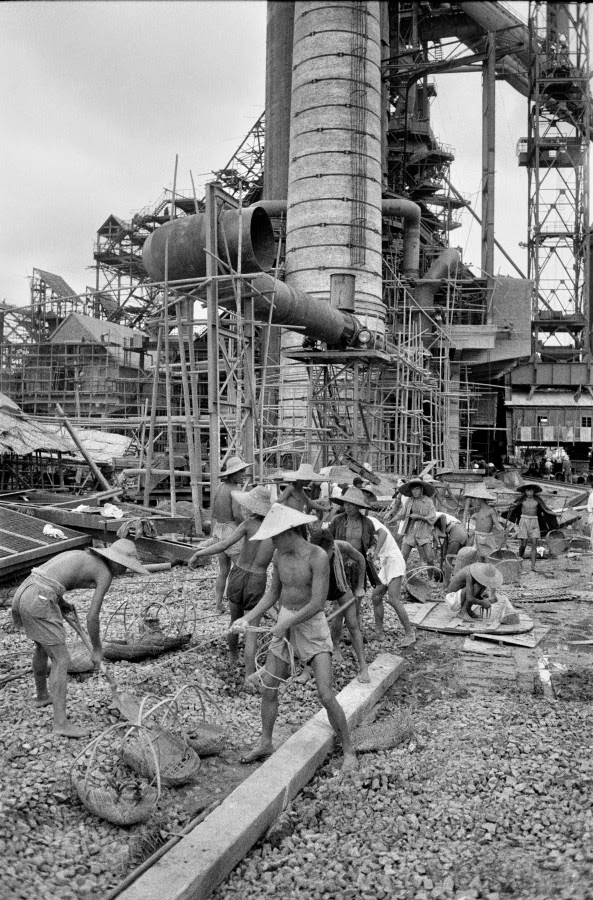“Glorious Years”
Although Mao was a powerful leader, he was also loved by his people. He was a true peasant and understood his people. This picture shows how in touch Mao was with his followers. He didn’t put himself above others; Mao talked to and listened to his followers. His followers loved him because he put himself on the same level.
The Long March is a very well known event during Mao’s life. The Long March was a retreat by the communists to get away from the nationalists. It was a very long march, hence the name, that went along the outskirts of China through mountains and desert. During the march about ninety percent of the communists were killed or injured. Though the communists lost a majority of their people during the march, it was a strategic move that let the communist live to fight another day.
“Mao’s Little Red Book”
Mao wrote everything down in his little red book. The Little Red Book was a pamphlet used to instruct people on how to apply Mao’s thoughts to problems encountered in the pursuit of the revolutionary cause and plan. It was the guidebook for the people of China so that they could follow Mao.
The Personal Files show the dark side of the Cultural Revolution. It is a record of all the people who had their things confiscated and the people who were sent into exile. Many of the people of China were affected negatively during the Cultural Revolution. Along with people being exiled and having their things taken away, many people died.
By: Allison and Kimmi



















